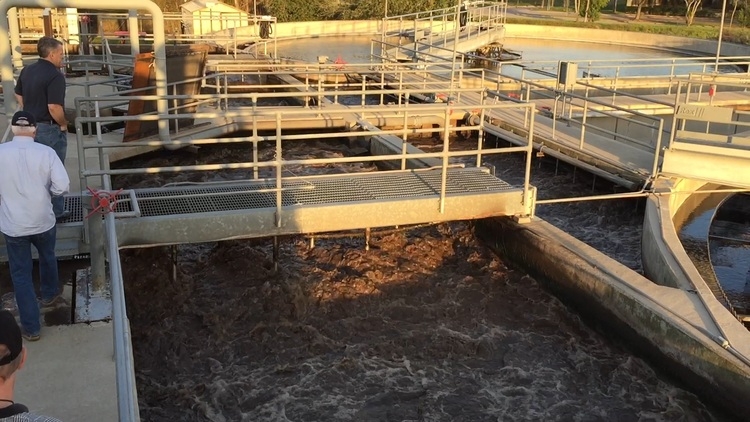Wastewater
Inability to reliably check water quality at critical operational points results in contaminated supplies discovered days afterwards. During wastewater treatment, reverse osmosis membranes are commonly used to bring salt balances down to reasonable levels. While their use is quite ubiquitous to this end, they have tolerances that they require for efficient operation. Tolerances are often gauged by TDS, but certain dissolved components will affect membrane longevity more than others. Hard cations and anions are of particular concern for reducing membrane lifespan and performance, though their presence cannot be detected using general TDS measurements such as conductivity or resistivity. Membranes are also not permanently effective and require cleaning and/or replacement after enough time in use. Monitoring the quality of the water passing through the membrane can aid in determining when membranes will require cleaning or replacement rather than simply replacing them once they fail or on a scheduled basis.



